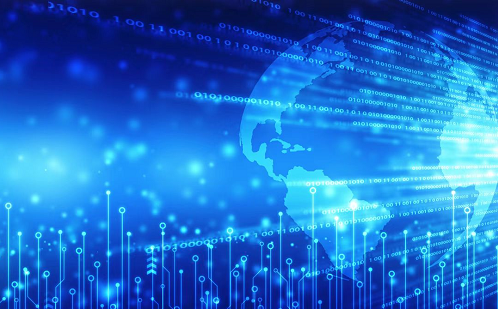Ten questions to help businesses choose the right cyber digital twin

Ten questions to help businesses choose the right cyber digital twin

Under normal circumstances, the so-called innovation is only for its own change. Technologies and solutions that solve problems and deliver value are the only form of meaningful innovation. Digital twin technology is a good example, as it provides data and control that puts people back in control of the network. For some, digital twin may just be a buzzword. For those businesses that implement digital twins, digital twins have become the most valuable tool in their toolbox.
What is a network digital twin?
IT teams are under enormous pressure today to ensure their networks are secure, agile and predictable. But the web can be too complex to understand. This challenge has prompted many security and cyber operations professionals to explore cyber digital twin technology. A digital twin is an accurate virtual representation of an enterprise's entire network environment that accurately simulates network behavior.
In the case of Google Earth, this application for navigation and commuting is the digital twin of an integrated transportation system. It shares all possible routes between locations and provides up-to-date information on road status and public transport options such as traffic, construction and delays. The digital twin of the network shares all possible packet paths and provides end-to-end visibility into the current situation.
Why is digital twin technology growing in popularity?
Digital twin technology has gone from a buzzword to an indispensable technology for many businesses because it is the only modern software technology that allows IT teams to monitor and understand networks accurately and comprehensively. Most networks have become incredibly complex over time as they include devices from dozens of vendors using different operating systems in different environments (on-premises or hybrid/public cloud), and run billions of lines of configuration code.
One IT executive said his company's network had become so complex that no one could understand it, but once they started using digital twin technology, anyone could understand it. It got him excited when he first knew exactly what was in the network, and exactly what was being done.
(1) Proven security policy compliance
With cybersecurity concerns at an all-time high, this accurate and up-to-date visibility is essential. How do you secure, audit, or patch an invisible network? The data collected in a digital twin is not just an inventory of the network, but a window into all the paths traffic may take, through always-updated network segmentation analysis.
Additionally, it provides a record of the network's past behavior, which enables security teams to immediately identify potentially compromised devices, allowing for immediate remediation of incidents. Digital twins can also ensure that security policies are enforced when changes are made to the network. Digital twins take the guesswork out of security policy management by providing a single screen view of compliance and micro-area connectivity.
(2) Clearer in the cloud
If you are one of the 97% of companies that are using multiple cloud platforms, you will have problems analyzing cloud computing traffic, especially the data flowing between the cloud platforms. The tools provided by cloud computing providers ignore the multi-cloud reality and provide only small windows of behavior. Digital twin technology collects information from cloud computing accounts. It provides a comprehensive view of traffic analyzed through the cloud from within an enterprise's on-premises network, including checking compliance with security policies.
(3) Increase the scope of business continuity
Networks have become a critical component of today's businesses. Even if a company's network fails in part, the entire business is often brought to a standstill. So it's an understatement to say that IT pros have a lot to monitor. To manage the complexity of today's networks, IT professionals need a single source of truth to monitor and model their networks in the cloud and on-premises.
How do businesses know if a digital twin is right for them? Learn the questions below. Without clear data to make informed decisions, a business' best efforts can introduce the risk of security breaches or outages.
Ten questions to evaluate digital twin technology
(1) If there is a problem with the network, can the company’s team pinpoint the source in seconds?
(2) Can it be ensured that network security is always compliant?
(4) Did the team do proper checks to avoid cloud routing errors? Can they afford errors that cost hundreds of thousands of dollars?
(4) Can the team test the impact of firewall changes on the network before going live?
(5) Can the team ensure compliance before real-time push updates on the network?
(6) If a device is compromised or damaged, can the enterprise's team determine which other devices are accessible?
(7) When a new CVE alert is raised, does the enterprise's team know which devices on the network may be affected, or do they have to research the configuration?
(8) Is the majority of the team’s time spent proactively improving the network?
(9) Can the team safely provision a new application in less than an hour?
(10) Can the team demonstrate security posture and compliance in a hybrid or multi-cloud environment?
If the answers to any of the above questions indicate room for improvement, it may be time to become more familiar with digital twin technology.
It may just be a popular industry term for enterprises, but the future may allow enterprise security and networking professionals to understand and secure their own networks more effectively than ever before.